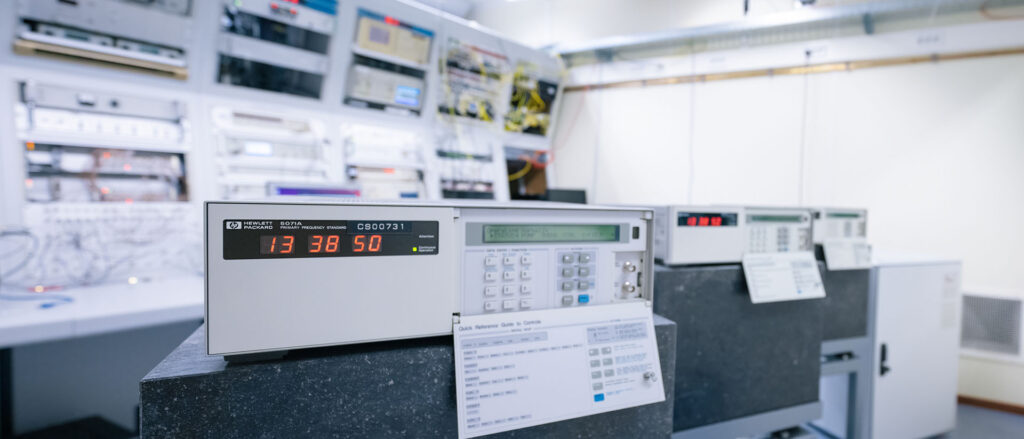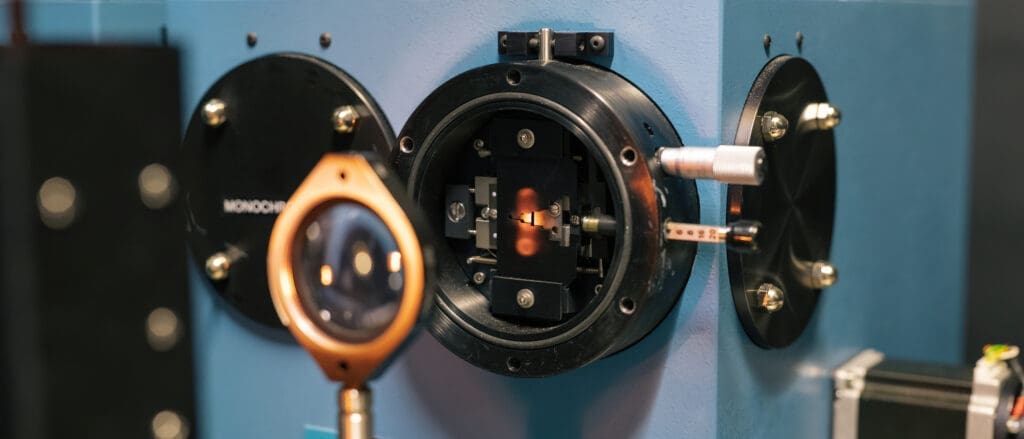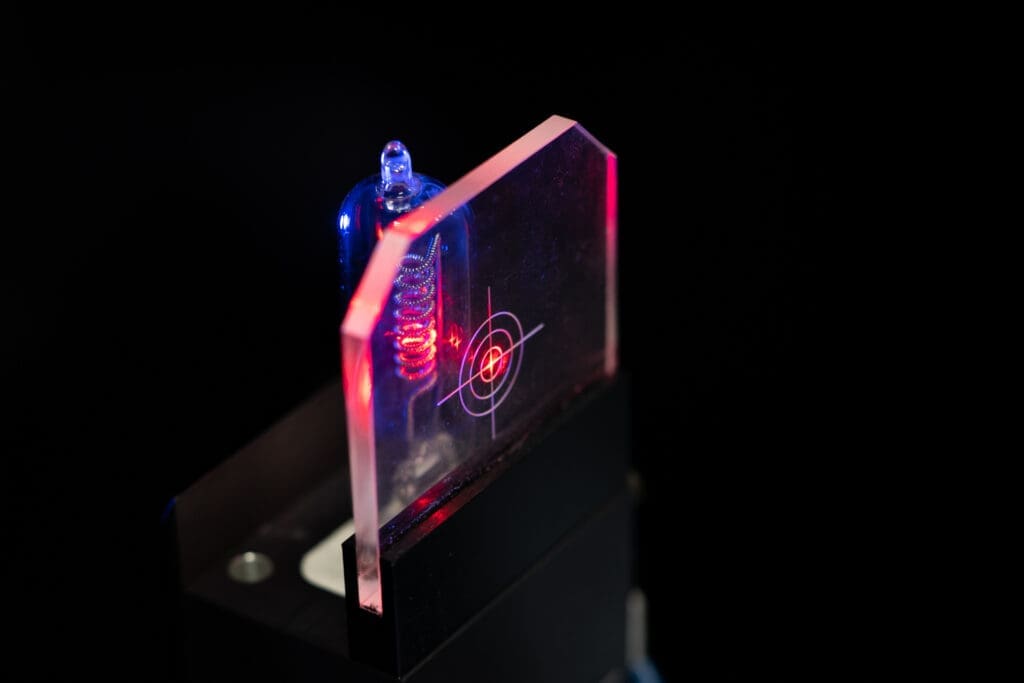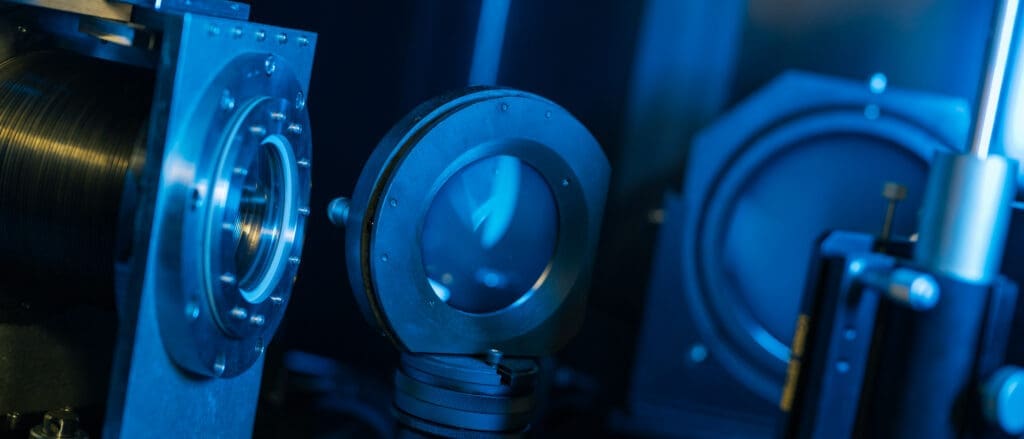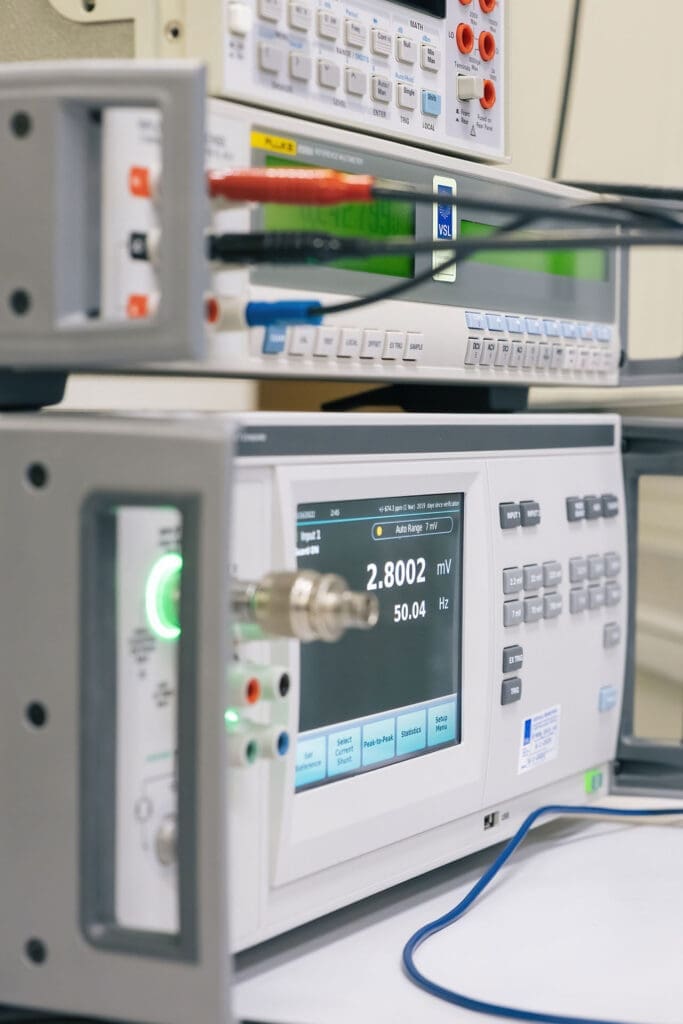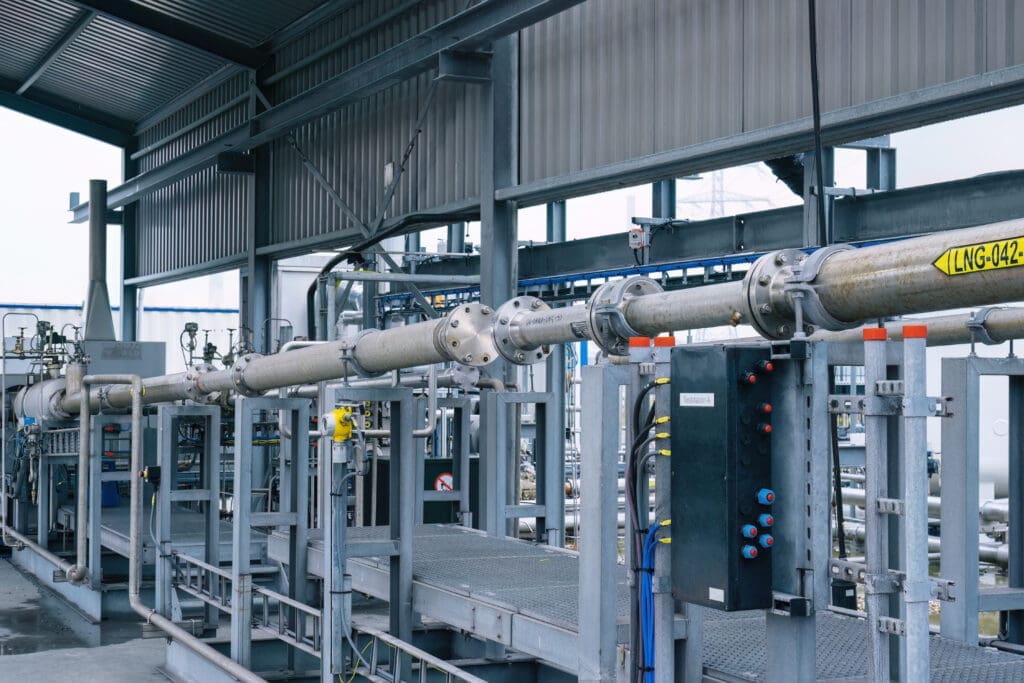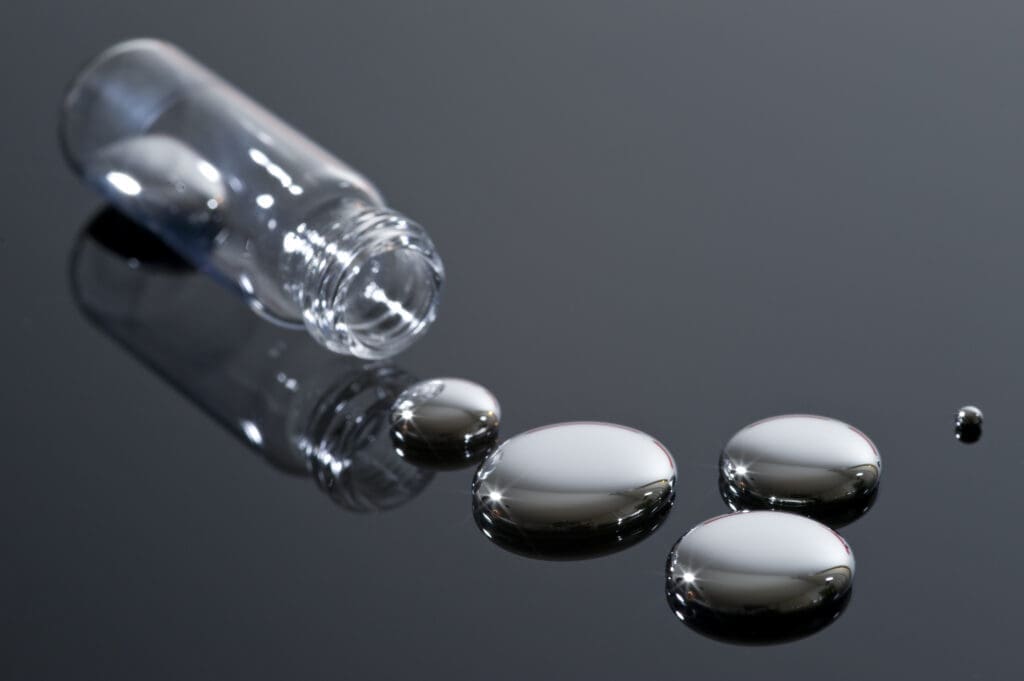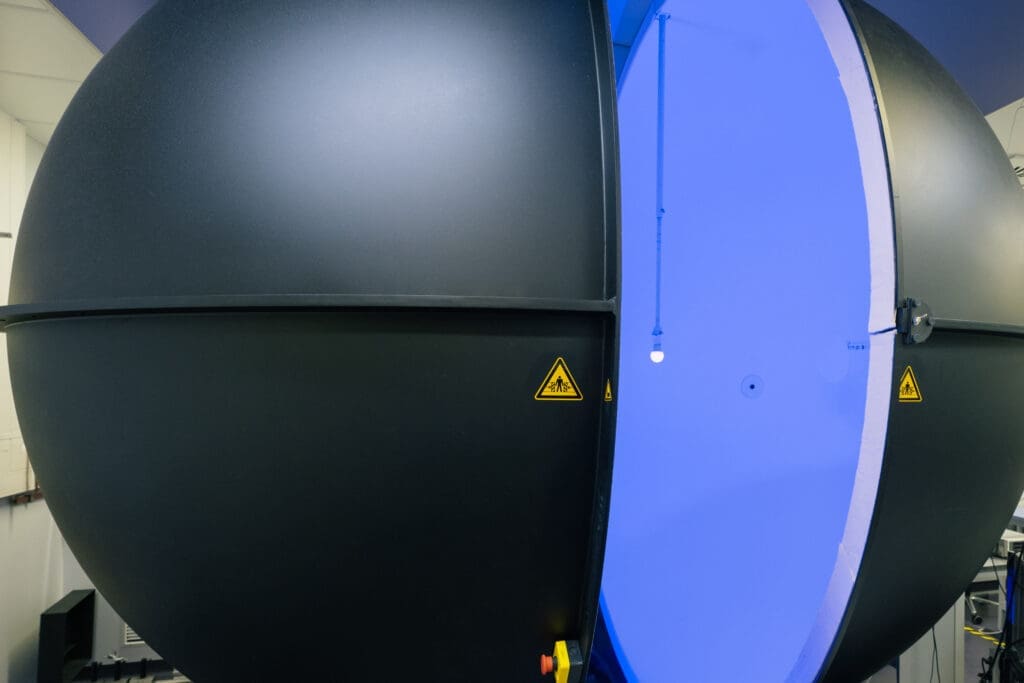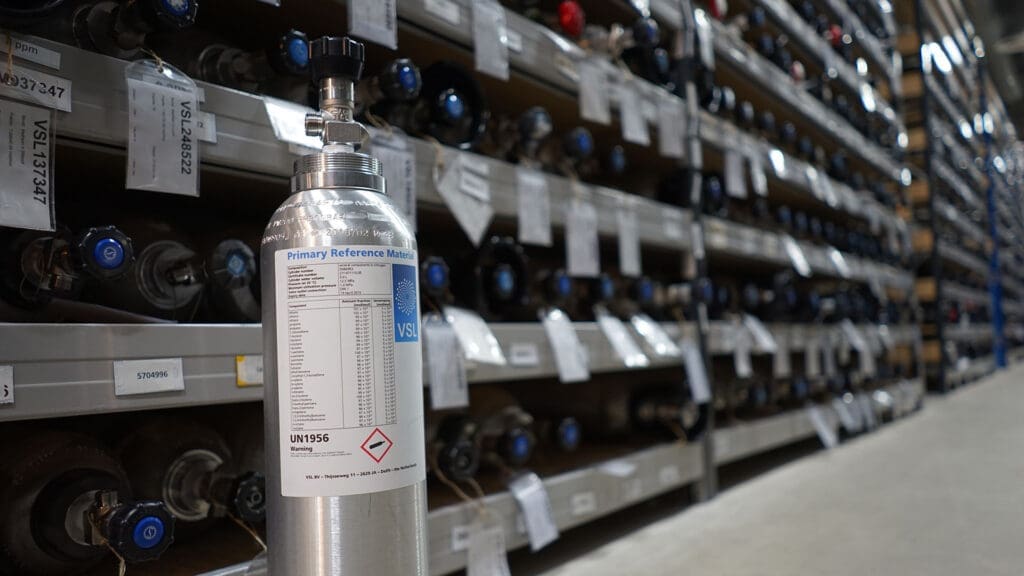Traceable industrial 3D roughness and dimensional using optical 3D microscopy and optical distance sensors (20IND07 TracOptic)
Projects
Traceable industrial 3D roughness and dimensional using optical 3D microscopy and optical distance sensors (20IND07 TracOptic)
To remain competitive, European manufacturers strive to make constant improvements in their manufacturing processes. The surface topography of a component part can have a profound effect on the function of the part. This is true across a wide range of industries (such as precision engineering, automotive and medical). It is estimated that surface effects cause 10 % of manufactured parts to fail which has financial implications. Optical measuring systems are widespread in surface and coordinate metrology as they are fast, with high resolution, and contactless (aspects that are essential for the factory of the future). Unfortunately, optical measurements are not often used in industry as they are not traceable. This is due to the complexity of the interaction between the object’s surface and measuring system. This project aims to improve the traceability of 3D roughness and dimensional measurements using optical 3D microscopy and optical distance sensors. Data evaluation, and uncertainty estimation methods will be developed, and be made accessible to industry by good practice guides, publications, and training courses. The overall objective of the project is to enable traceable areal roughness and dimensional measurements using optical 3D microscopy and optical distance sensors, with special emphasis on giving guidance for selection of most suitable instrumentation for a particular purpose.
Our role
VSL is leading a work package which focuses on characterisation of the measurement capabilities of 3D optical instruments. Length and optics group is working on characterization of spheres and roughness standards by performing microscopy and AFM measurements.
Start date: June 1, 2021
End date: May 31, 2023
Read more about this project here.
“The project has received funding from the European Partnership on Metrology, co-financed by European Union Horizon Europe Research and Innovation Programme and from the Participating States.”
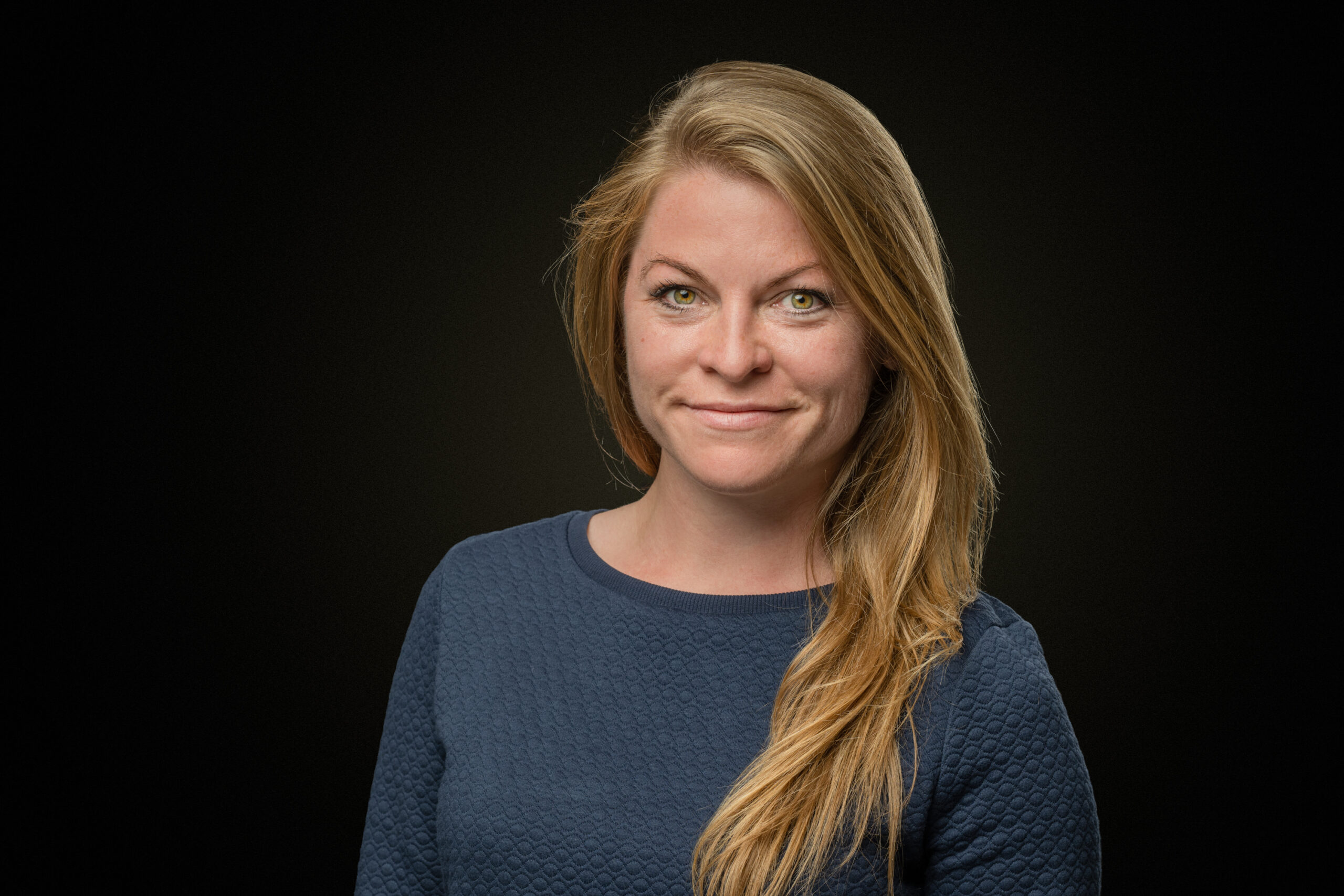
Would you like to know more about this subject?
Our experts are happy to help.
Lauryna Siaudinyte
Principal Scientist Length – Optics
Projects
Our expertise in practice
Read more about our projects.
